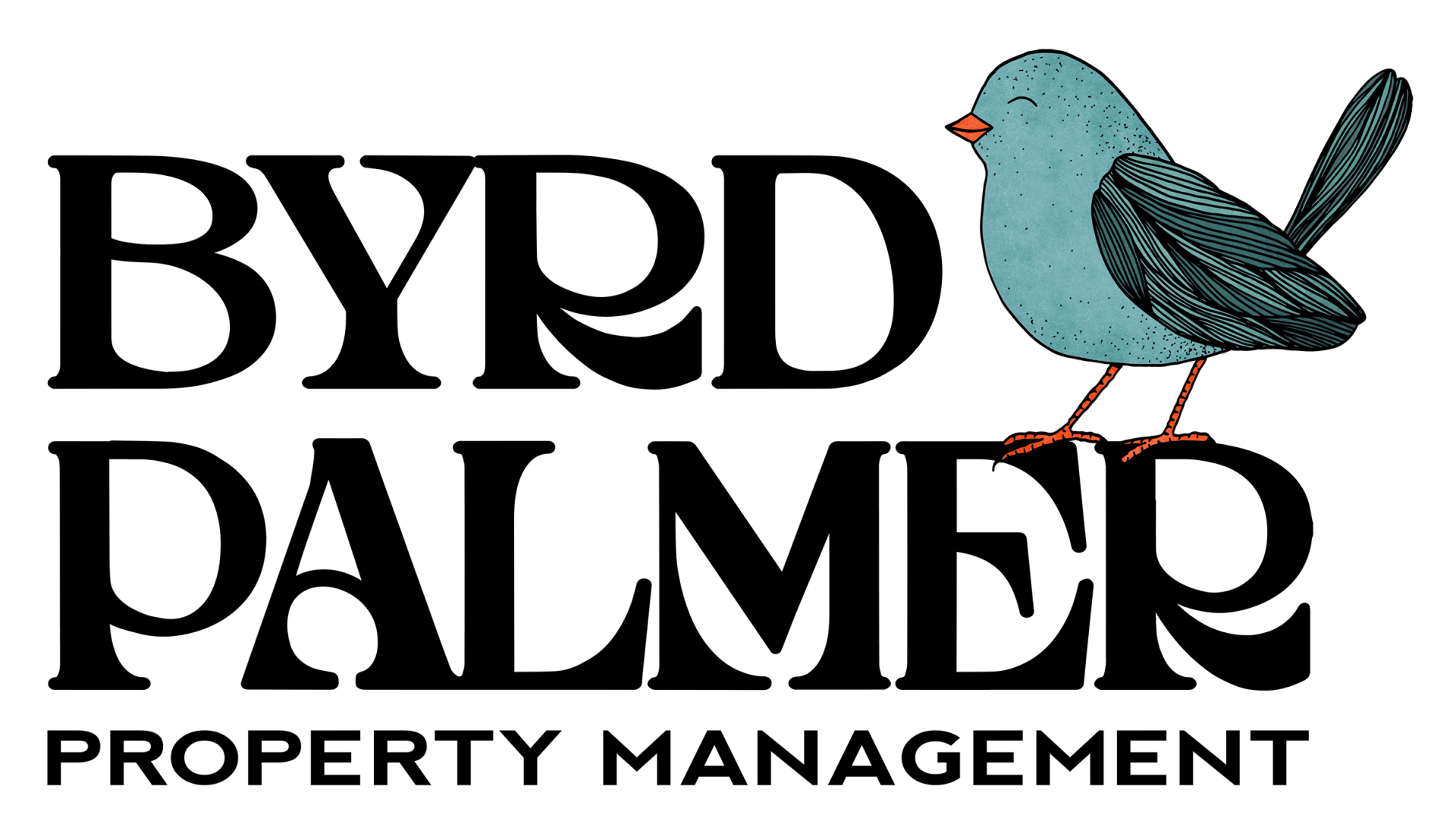Maintenance Troubleshooting

When Reporting A Maintenance Request...
Please be as detailed as possible with regards to what is wrong, the location of the issue, photos, etc.
Additionally...
- If there is a leak of any kind, (HVAC, plumbing or hot water heater), is there damage in addition to the leak that needs to be repaired (ie drywall or flooring)?
- If a hot water heater is leaking, do you currently have hot water and is there any damage?
- If there's an HVAC report for it not functioning properly, Is it completely non-functioning? Please describe the nature of the issue in detail.
- If there's a sewage backup, is it coming up through the tub/shower drains? Has it overflowed onto the floor/carpet?
- If you don't have hot water or the HVAC doesn't work, please check the breakers on both the electrical box AND the unit itself and confirm it isn't just tripped.
BEFORE submitting a maintenance request, please review the troubleshooting guide below to see if there is a simple fix to your issue that can be easily remediated.
MAINTENANCE TROUBLESHOOTING GUIDE
Simple Solutions To Common Maintenance Concerns
While we and the homeowner will always do what is necessary to take care of the home, tenants also have a responsibility to mitigate/reduce repair expenses by checking on some of the simpler items yourselves. Below are some simple solutions for the most commonly reported maintenance issues. It may be possible to find an easy fix for the issue without having to wait for a maintenance person to visit.
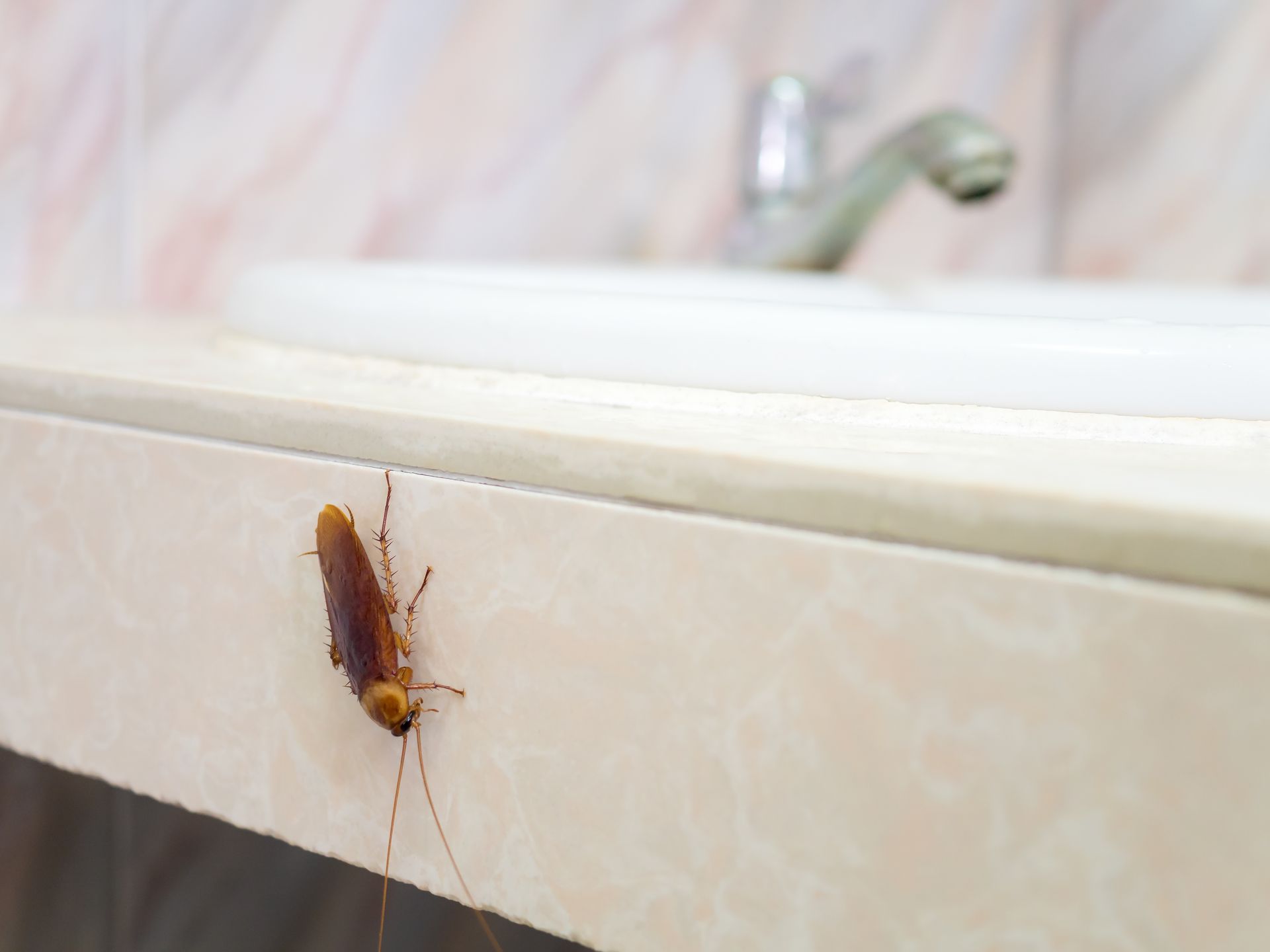
Seeing Ants / Roaches / Spiders or Other Pests
- Per your rental agreement, treatment of household pests is the Tenants's responsibility. One way to minimize the possibility of pests is to keep a tidy home. Homes that are not so tidy, offer a food source as well as shelter for many pests. So if you discover any pests, your first step would be to do a thorough cleaning of the entire home. This eliminates the food source.
- If the problem continues, most grocery or hardware stores carry traps and sprays that would resolve your problem in a few days. We find that ant traps can solve the problem in just a few days. These traps are filled with poisoned bait. The reason the ants are in your house is because they found food. The ant trap baits them, then they take the poisoned food back to the nest and they die. Some of the sprays are very good for spiders, roaches, and bed bugs. If the problem continues, please feel free to contact us. We'll have to do an inspection to make sure that the home is tidy and see what remedies you had already tried and failed with. Please be VERY careful using poisons, bait traps, and sprays around pets and children.
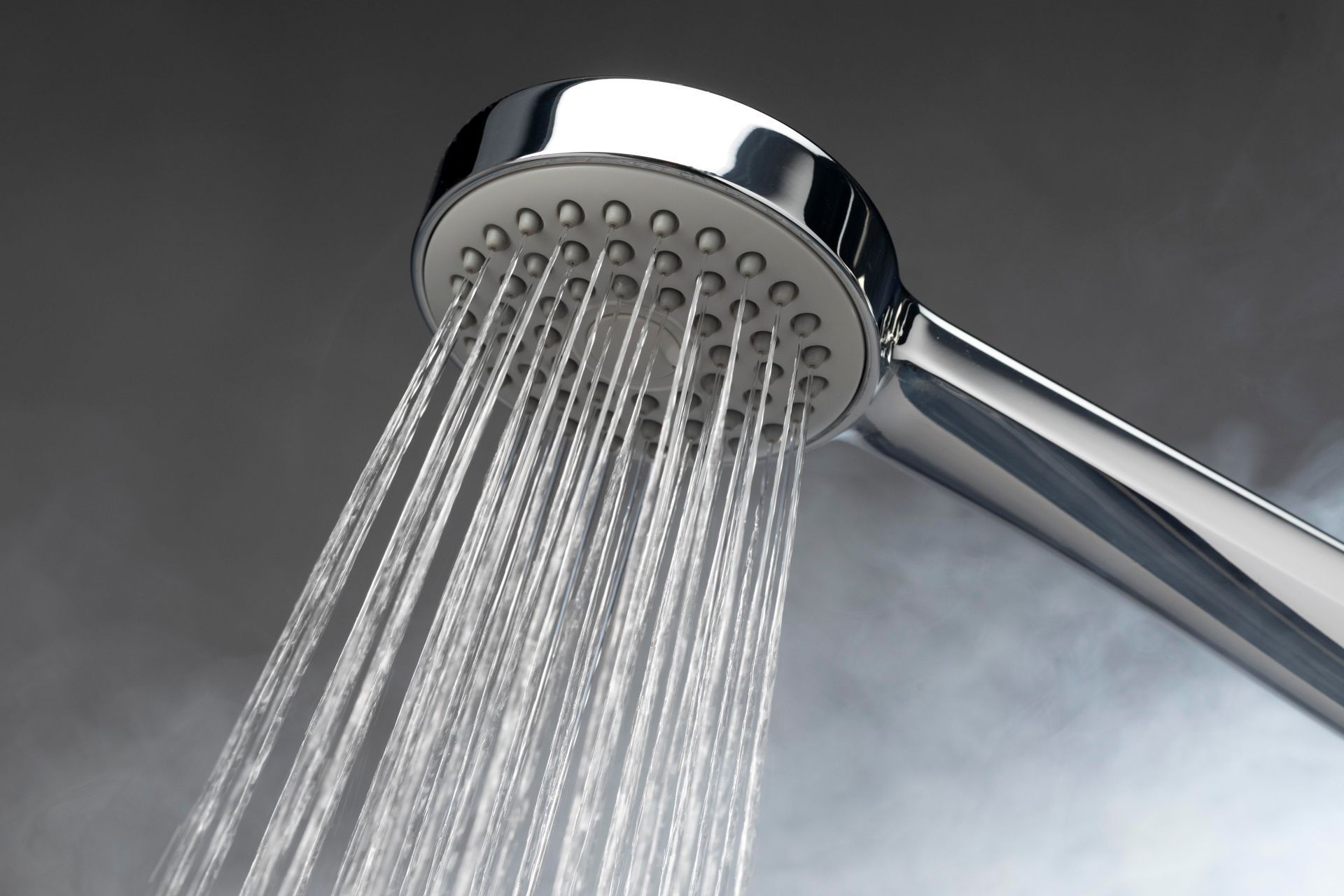
No Hot Water or Hot Water is "TOO HOT"
- For no hot water, make sure gas service is on. Check thermostat on hot water tank. Is the pilot light lit? Check the breaker panel or fuses.
(See Circuit Breakers and GFI Outlets below)
- If hot water is "TOO HOT", check the thermostat on the tank and turn down.
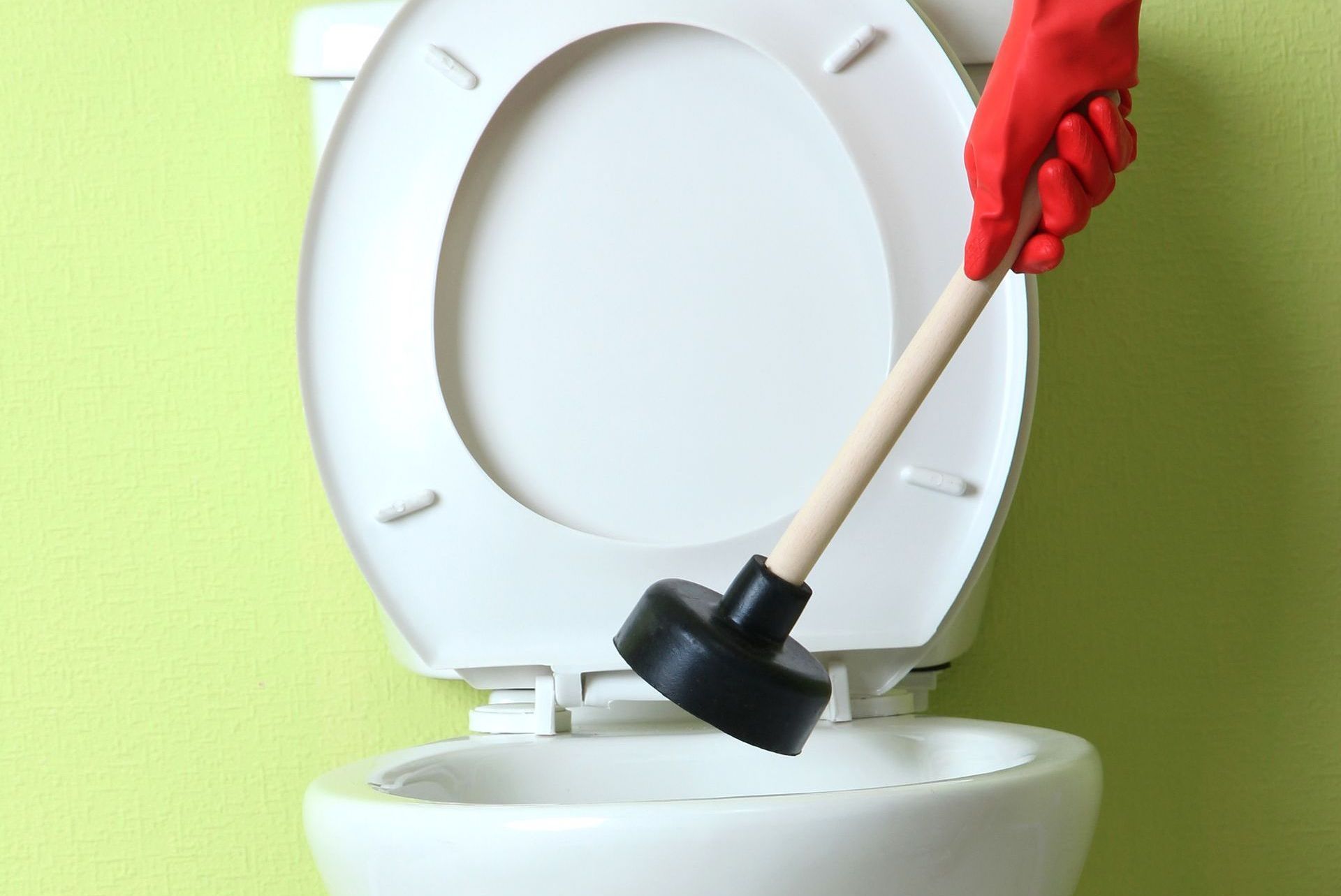
Clogged Toilet
- Try using a plunger. If still clogged, call maintenance.
Note: if you caused the clog then you will be accountable for the bill.
How to Shut Off Water to Your Toilet In An Emergency
- Look for the valve which is located to the LEFT behind your toilet tank. Turn the knob to the RIGHT (clockwise) to close the valve and stop water flow.
How to Stop an Overflowing Toilet
- Remove toilet tank lid. Lift up the fill valve (or float ball). Pull out the water tube. Reach down and turn OFF the water valve (turn valve CLOCKWISE).
How to Check Your Toilet for a Silent Leak
- Check for sounds of running water, trickling or hissing sounds.
- Add 25 drops of food coloring to inside of toilet tank. Wait 15 minutes...if no dye shows up in toilet bowl, no leak exists. If dye appears in bowl, toilet needs repair. Please log a maintenance request through your tenant portal.
10 Things to Never Flush Down the Toilet!
- Floss - not bio-degradable.
- Grease, Oil & Fat - like heart disease, these will decrease the flow of pipes over time.
- Band-aids - these are plastic and not bio-degradable.
- Medications - contaminates the water supply.
- Disposable Wipes - EVEN if they say you can, DON’T!
- Paper Towels - these do not break down like toilet paper.
- Feminine Hygiene Products - including cotton pads and swabs.
- Cat Litter.
- Condoms.
- Hair.
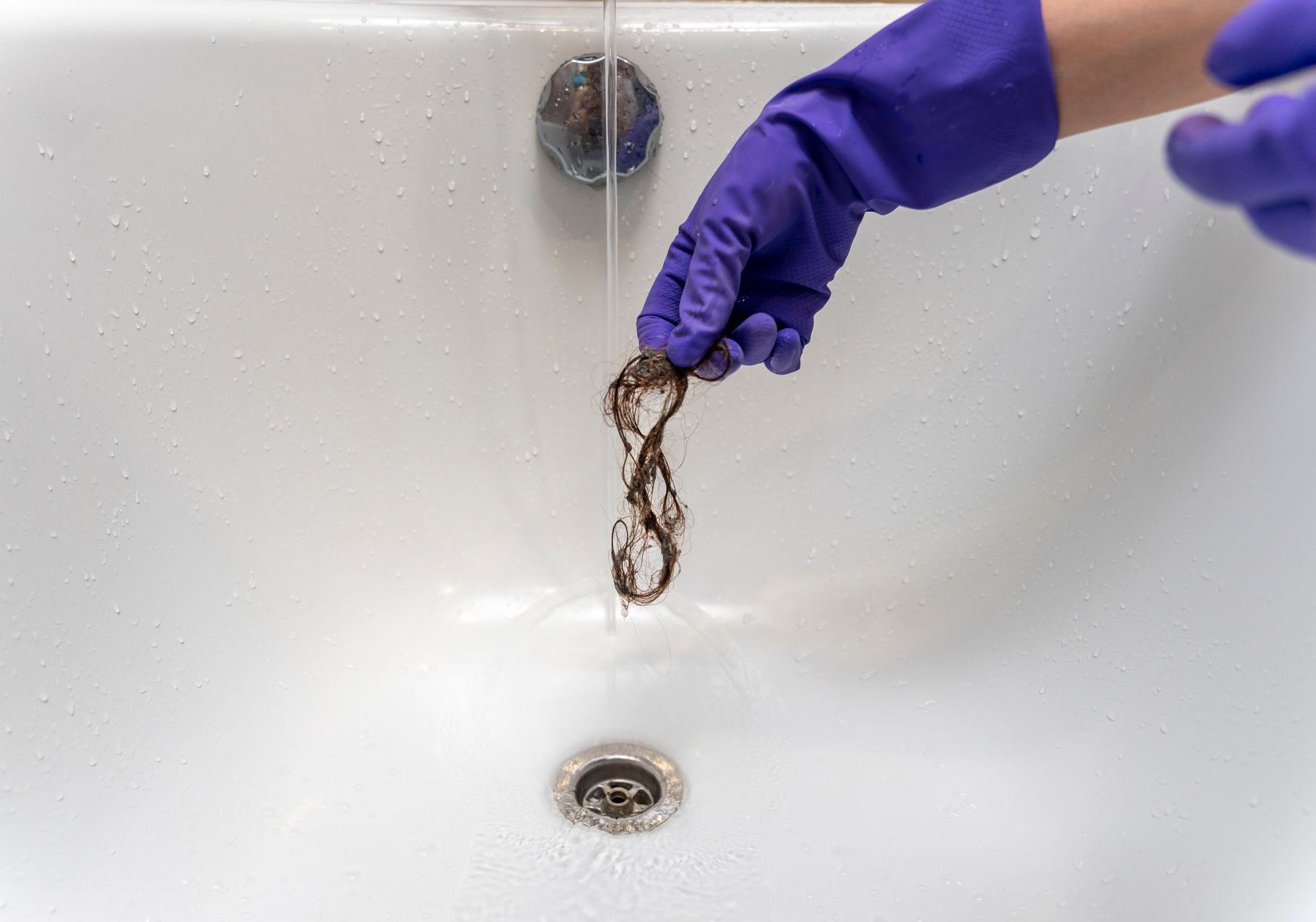
Clogged Sink, Tub or Shower
- Remove hair or obstruction from the drain.
- The best ways to unclog drains can be done with common household items, such as hot water, or a mixture of vinegar and baking soda. Pour a pot of boiling water down the drain, pour in 1/2 cup baking soda. Let it sit for a few minutes. Then pour a mixture of 1 cup white vinegar and 1 cup hot water and let it sit for 5-10 minutes. Flush one more time with a pot of boiling water.
- For clogged bathtub and shower drains - pour boiling water down the drain to unclog hair and soap build-up.
- You can also use a zip strip, which can be purchased at any home goods store.
- Use products like Draino as a last resort, as they are corrosive to older pipes with repeated use.
Note: If you caused the clog then you will be accountable for the bill.
How to Shut Off Water Supply to a Sink/Faucet
- Turn off water from faucet if possible. Locate water lines below sink which lead to water valves. Turn water valves to the RIGHT (clockwise) to stop the water flow.
NEVER Pour Grease Down the Drain
- Collect liquid grease to be recycled.
- Wipe pans clean with a paper towel.
- Rinse pans with cold water.
- Food scraps go in garbage, NOT the garbage disposal.

How to Fix Your Heat or AC
- Check the filter! Change the filter often (at least every two months). 95% of all service calls are due to dirty air filters, and tenants are responsible for those costs.
- Make sure Gas service is on with utility provider.
- Check your thermostat settings. Set the fan to "auto" and set system to "cool".
- Check the batteries in the thermostat. If there is anything indicating "Low Battery" on the thermostat, it needs to be replaced.
- Check the air handler/furnace - you should hear it "rumbling", if not, check to make sure it is plugged in and switched on.
- Check the circuit breaker - make sure it is not 'tripped'.
(See Circuit Breakers & GFI Outlets Below)
- Check to be sure that the drain line is not clogged.
- Check the condensing unit outside - is the fan spinning and clear of debris?
- If the system is attempting to cool down, but it is one of the first times using the system this season, the AC temperature may be set too low. Set the thermostat to cool, but only set the temperature about 2 degrees cooler than the interior of the unit (example - if the temperature is reading at 80 degrees inside, set the thermostat to 78 degrees). Watch to see if the interior temperature decreases. If it goes down, try turn it down another 2-4 degrees to see if it gradually decreases. Please be advised it could take up to 8 hours for the AC system to cool a 2 bedroom apartment down to the desired temperature.
How to Change an HVAC Filter
- Locate the air-intake grill that holds the filter. Open grill, remove old filter. Replace with new one - IMPORTANT: air flow arrow on filter to point in the direction air is traveling (being "sucked" to).
- Check filter monthly. A good habit is to check the filter each month when making your rent payment. A clean filter will ensure your A/C is running smoothly and keep electric costs to a minimum.
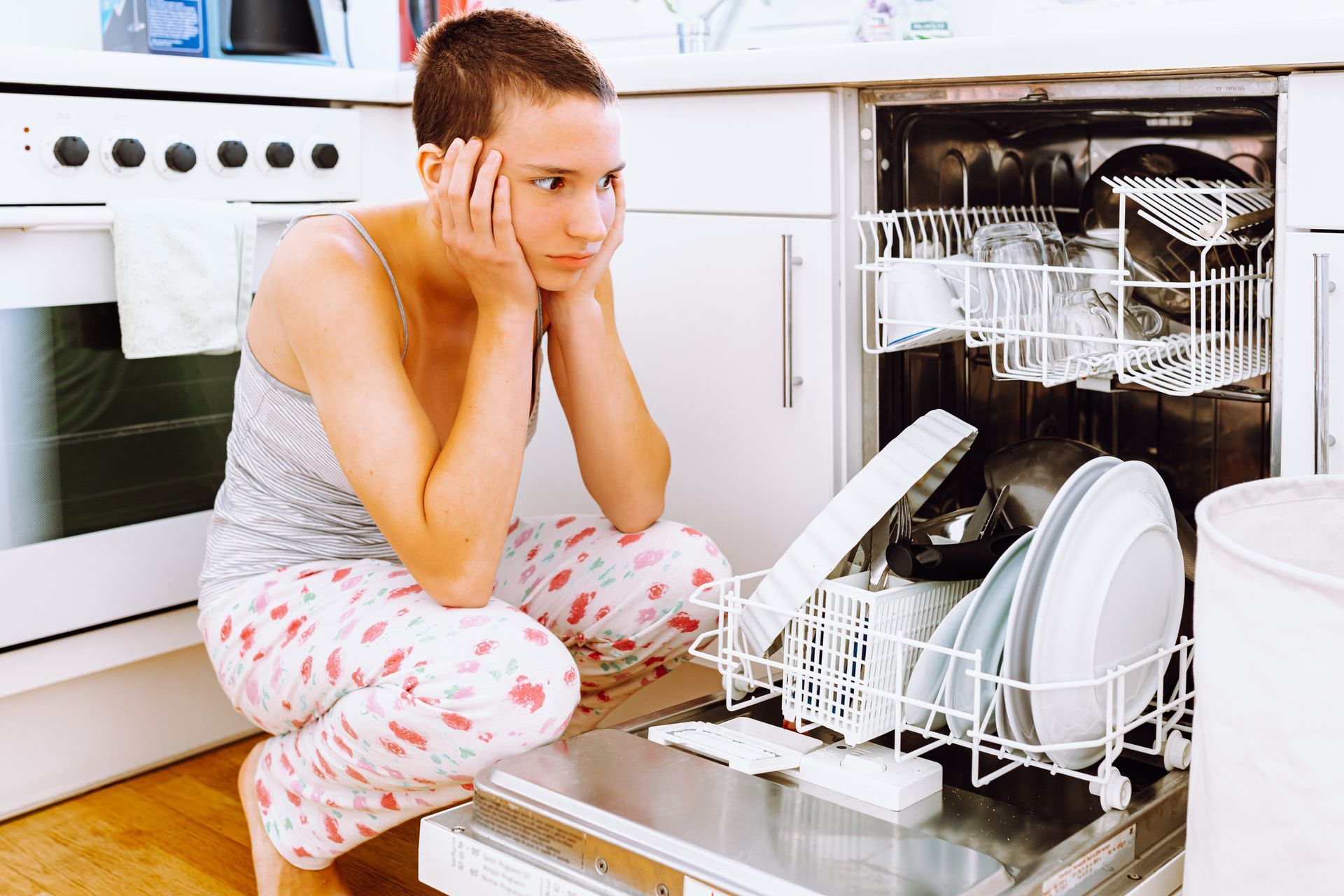
Dishwasher Won't Drain
- Clean food out of bottom of dishwasher.
- Clean Float.
- Always rinse dishes before washing.
- Use Jet Dry at least once a month - it prevents water build up.

How to Change the Water Filter In Your Fridge
- Slow water flow from your fridge? Try changing the water filter. Filter should be changed every 6 months or as needed.
- Each fridge will have its own unique filter system - you can find details for each in the manual or by searching online.
- Locate the filter, twist to the left to remove, twist right to install. Some may have a push button system. Reset the filter button to reflect a new filter has been installed.
Refrigerator Too Warm or Too Cold
- Check thermostat, set correctly. Front and Back grills need to be clean and free from obstruction. Clean out drain hole.
- Check the thermostat to make sure it hasn’t been turned way down by mistake.
- Be sure the vents on the back of the freezer compartment aren’t blocked by boxes of ice cream or frozen food packages-the vents have to be clear for cold air to circulate.
- Vacuum the coils under or behind the fridge. Clogged coils can cause poor cooling.
- Clean the seals around the refrigerator doors to keep cool air from escaping.
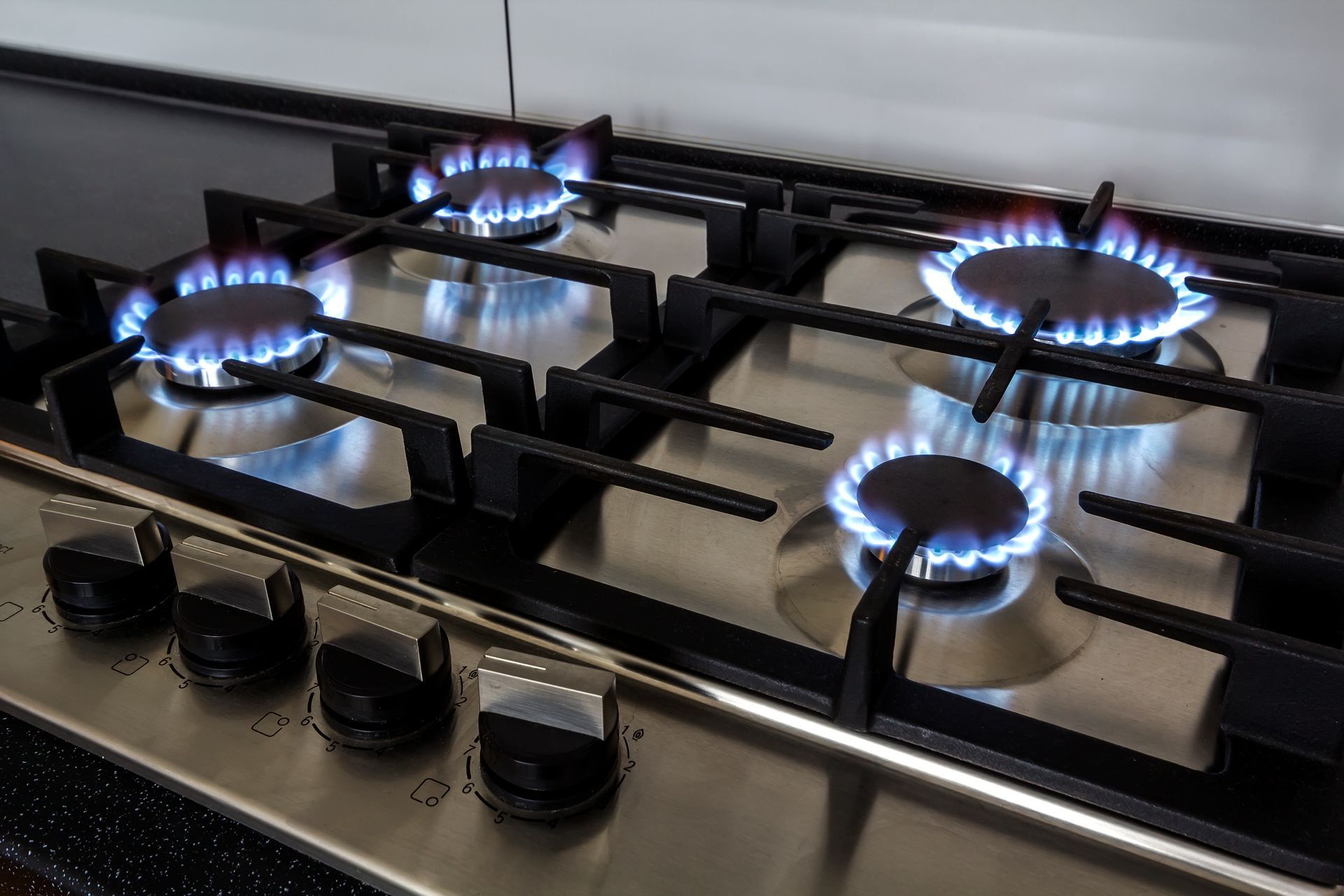
Gas Range "Clicking" and Won't Start?
- Wet burners are usually why a gas stove top will not light. When cleaning, avoid using too much water that will make the burners wet. Try to clean using a damp cloth only. Give it time to dry out (at least an hour).
What to do if you Smell Gas in the House
- Immediately leave the home and call Dominion Energy.
If safe to do so, proceed with the following:
- Turn off all electrical appliances.
- Don’t operate any electrical switches or create any flames - this includes flicking on a light switch. Make sure you’ve turned off the oven and fireplace as well.
- Ventilate the property. Open windows and external doors immediately to allow the escape the premises.
- Turn gas off at shutoff or meter if safe to do so. To switch off the gas, locate the shutoff or meter and turn the lever so it's at 90 degrees to the gas pipe, closing the valve. We always suggest finding these important locations when first moving in.
- Wait for the all clear. If you’ve evacuated the premises, don’t let anyone other than the engineer back into the property. Wait to be given the all clear before going back inside. If you feel unwell, it's best to visit your health clinic or hospital. Let them know about the gas leak so they can treat you accordingly.
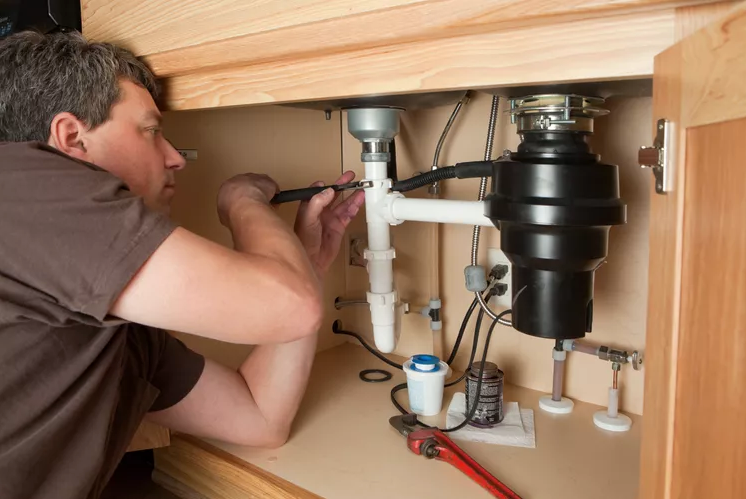
Fixing a Garbage Disposal That Has Stopped Working
- Make sure the power is OFF. Safety First!
- Insert the special wrench into the bottom of the disposal and start turning it back and forth until the jam frees up.
- Make sure there is nothing stuck in the disposal causing a jam.
- Press reset button (also located on the bottom of the disposal).
- Turn Power back ON.
- Check for a blown fuse or tripped circuit breaker.
- If plug-in type, check GFI outlet. See “Circuit Breakers and GFIs” below.
- Almost all garbage disposal issues are caused by jammed debris, and are considered a tenant charge. However, disposals do malfunction and eventually go bad, and if that’s the case, we will have it repaired or replaced as needed, no questions asked.
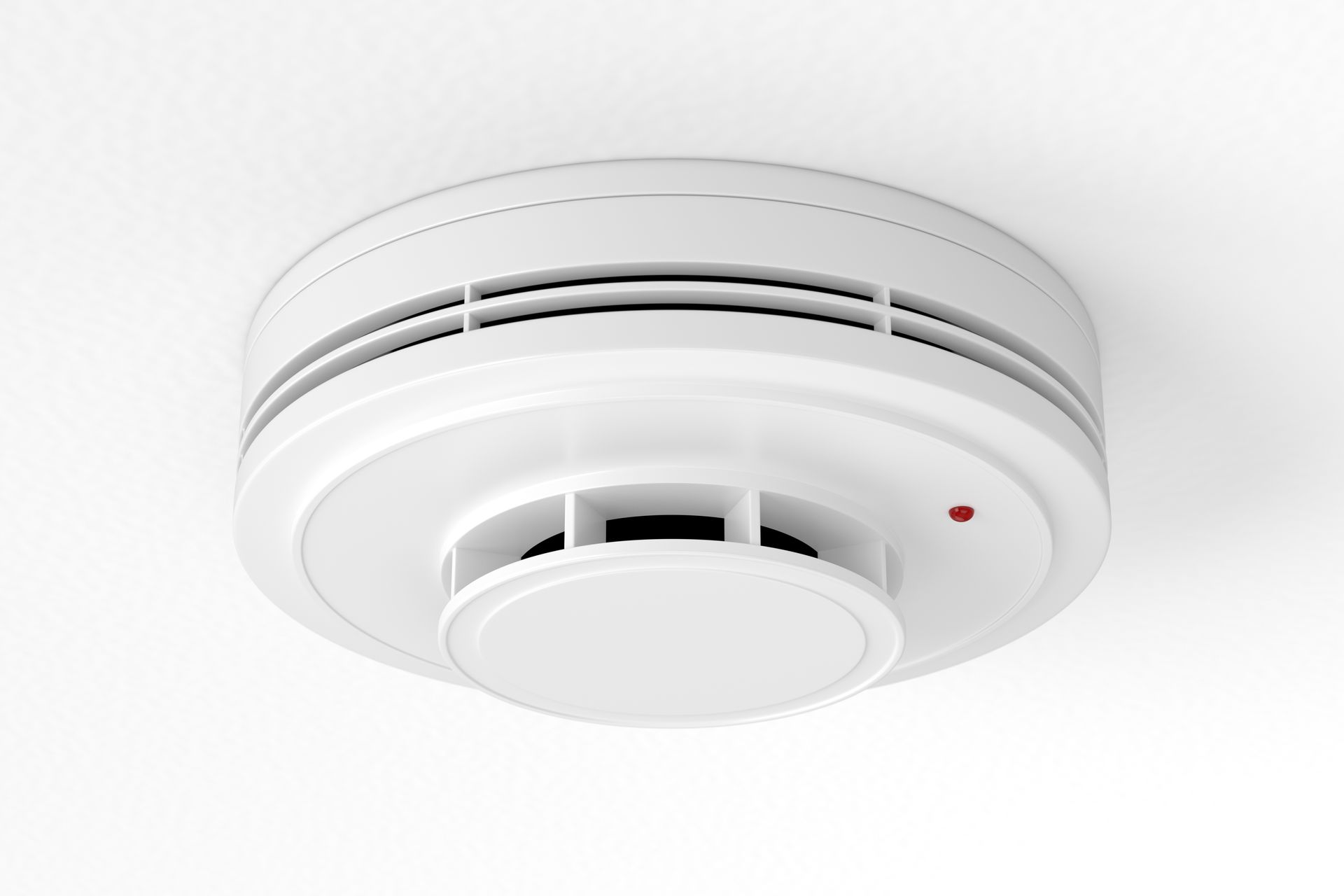
How to Stop the "Chirp" on a Smoke Detector
- Disconnect the smoke detector by twisting counter-clockwise. Replace the battery with a new one (this will most likely stop the chirping).
- If it is still chirping, remove the battery and hold down the test button for 15 seconds to drain any remaining charge. Insert the new battery and reattach to the wall/ceiling.
- If this doesn’t fix the problem, please contact us immediately via a maintenance request.
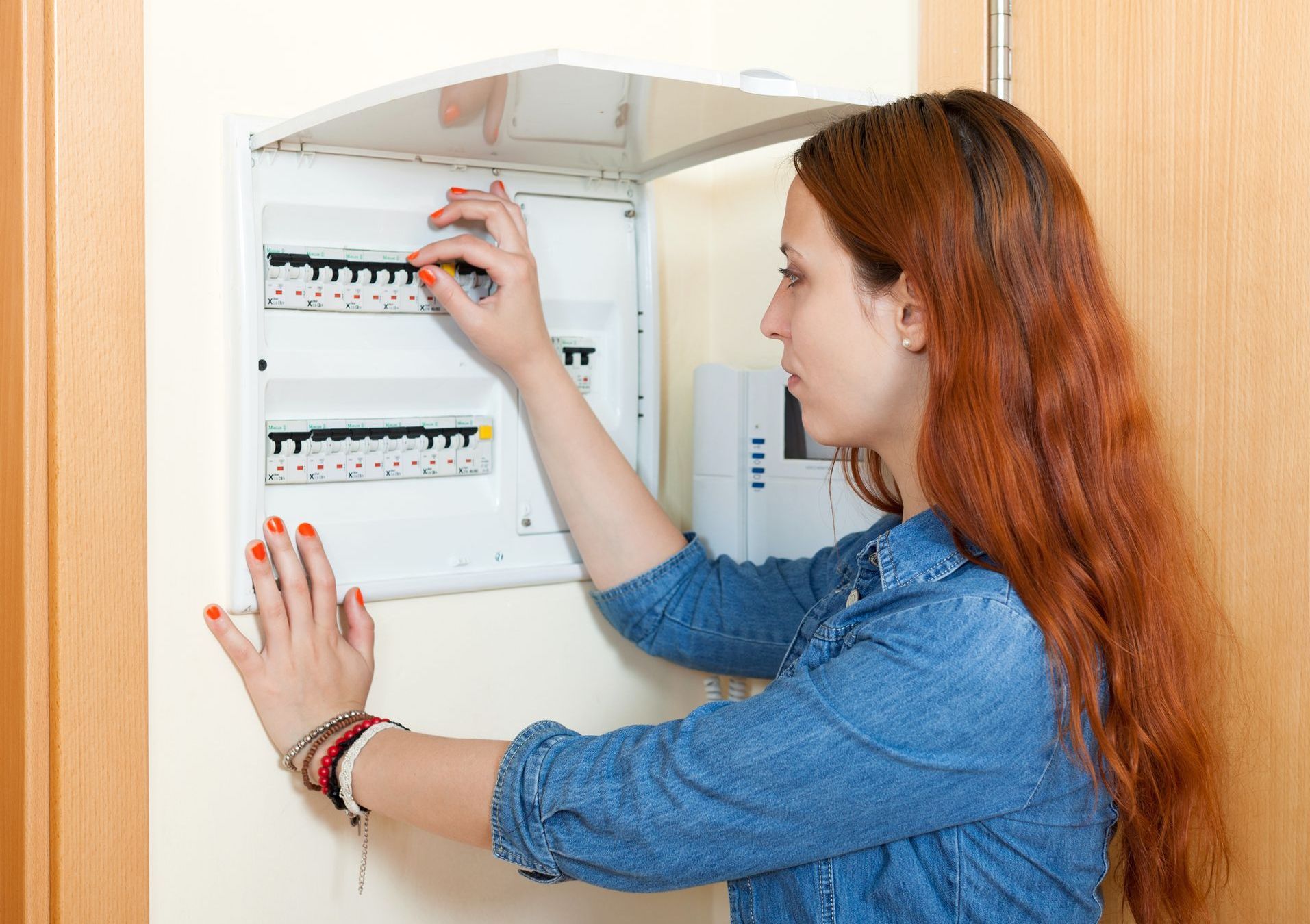
Circuit Breakers & GFI Outlets - Checking and Resetting
- Some outlets are known as GFIs located near wet areas of your home (i.e. kitchen and bathrooms). When power becomes overloaded they will 'trip' (stop working). Press reset button on them to power back on (usually small button in the center of the outlet plate). Still not working? Check other GFI outlets in the home and reset. If that does not work, find the breaker panel and check for flipped switches. Flip back to "On" to restore power.
- A GFCI outlet may be wired in a branch circuit, which means other outlets and electrical devices may share the same circuit and breaker (or fuse). When a properly wired GFCI trips, the other devices down the line from it will also lose power. Note that devices on the circuit that come before the GFCI are not protected and are not affected when the GFCI is tripped. If you have an outlet that doesn't work, and the breaker is not tripped, look for a GFCI outlet which may have tripped. The non-working outlet may be down line from a GFCI outlet. Note that the affected outlets may not be located near the GFCI outlet, they may be several rooms away or even on a different floor. Pressing the "Reset" will restore the circuit. If the outlet doesn't reset, then whichever appliance that is causing it to trip, may still be plugged in. If after unplugging everything, checking the circuit breaker or fuse, and resetting the GFCI does not work, please submit a maintenance request to First Rate Property Management right away.
- A circuit breaker provides protection by stopping the flow of electricity if an overload or fault occurs. When an electrical fault occurs or the load on your circuit becomes too great, the breaker on that circuit trips and interrupts the flow of current to that circuit. A tripped circuit breaker is still sometimes referred to as a "blown fuse" in reference to the older technology that circuit breakers replaced. Before electricity can be restored, the circuit breaker must be reset. However, even before you do that, you must take steps to ensure that it is safe to do so. Turn off or unplug all of the devices that are plugged into the circuit. Make certain no dangerous condition exists before restoring power. A Circuit Breaker which has been tripped will either be in the middle or "OFF" position. Locate the tripped circuit breaker and reset it by pushing it all the way to the "OFF" position and then back to the "ON" position. Often when you cannot reset the circuit breaker, it is because it must be turned all the way to the "Off" position first. Electricity should now be restored to the circuit. If the circuit breaker trips again before you have turned anything on or plugged anything in, please submit a maintenance request to First Rate Property Management immediately. If no circuit breakers were tripped and you still do not have power at an outlet, the circuit is probably on a GFCI.
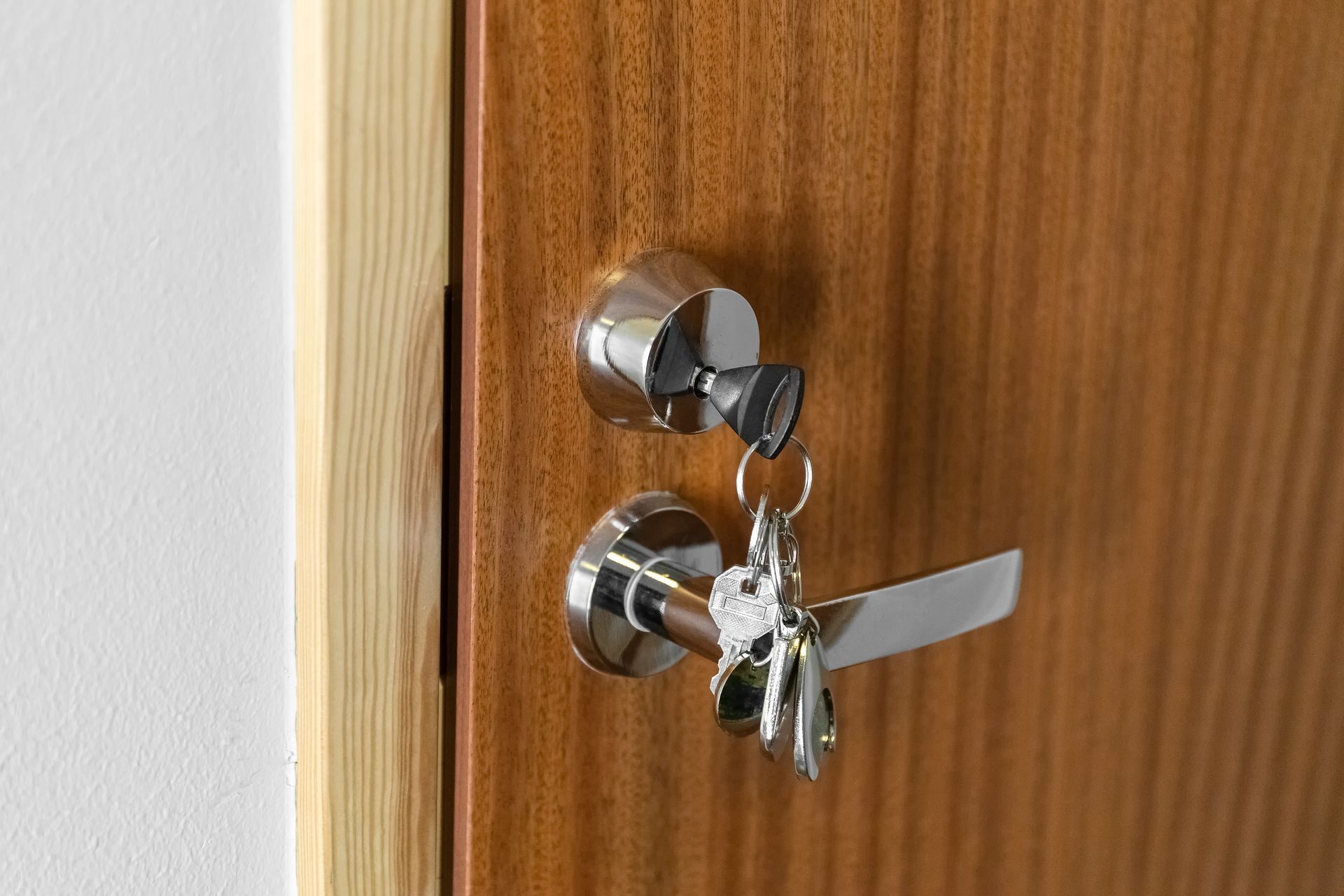
How to Get Your Key Unstuck from a Deadbolt
- First, realign key so it is in a vertical position (12 o'clock). Apply light pressure to smaller disc around the key (called a plug). Pull and remove the key from the lock.
Locked Yourself Out or Lost Your Keys
- We do not provide lock out services. Please call a locksmith.
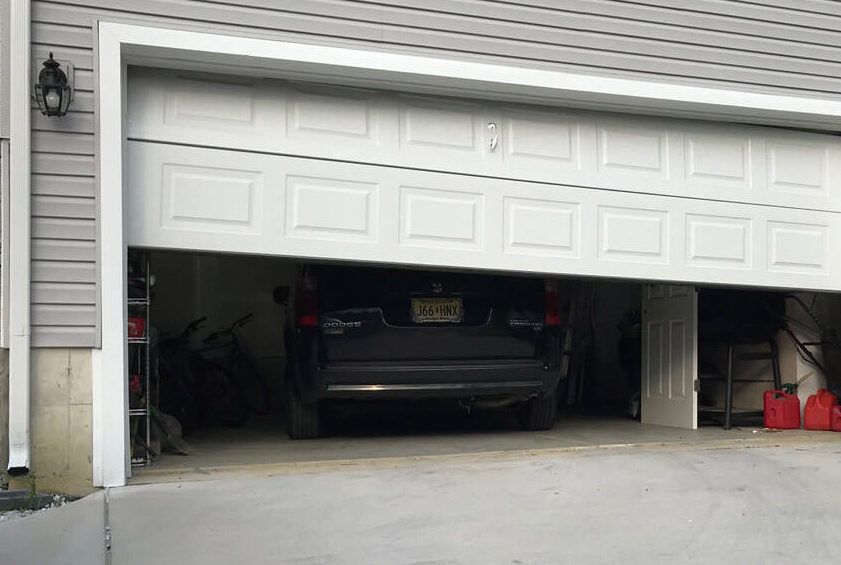
Garage Door Isn't Closing All The Way
- If your garage door isn't closing all the way, you may have a problem with the alignment of the sensors at the bottom corners of the garage door. This may occur if anyone has accidentally bumped into them. For a video of how to properly align your garage door, go to this link: Garage Door Help
Garage Door Remote Isn't Working
- The most common cause of garage door remote control failure is weak or dead batteries. If this doesn’t work, submit a maintenance request.

Gas Fireplaces
- While we do not maintain fireplaces, some homes have usable ones that tenants are required to maintain if they’re allowed to be used. Make sure the emergency gas valve is turned on. Check to be sure pilot light is lit. If you are not able to get the pilot light lit, contact a professional.
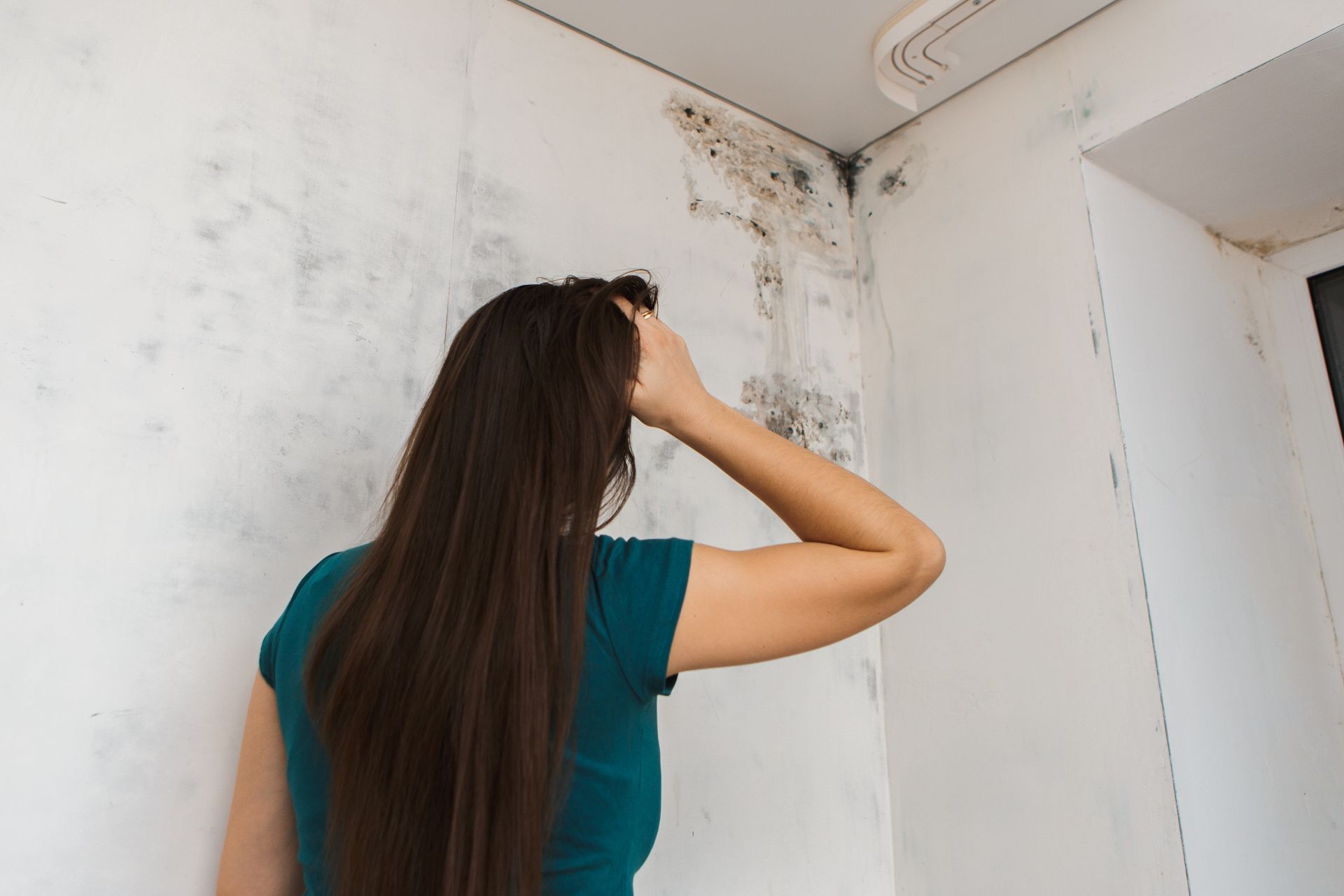
Mold / Microbial Growth
- Mold can grow most anywhere that spores land and find moisture and a comfortable temperature. Microbial growth is typically found indoors at levels that do not affect most healthy individuals. Almost every home gets some type of mold - the trick is to clean it up before it spreads. The most visible type is mildew, which begins as tiny black spots. This is the stuff you see in grout lines in your shower, on damp window casings, around HVAC vents, etc.
Tenant Responsibilities For Household Items / Maintenance
Below is a list of items that the Tenant is responsible for maintaining with their rental property
- Replacing smoke alarm batteries
- Replacing light bulbs with the correct size, shape and wattage
- Replacing HVAC filters regularly (frequency depends on filter used, but monthly is recommended). Damages to the HVAC system caused by lack of filter upkeep falls on the tenant for payment of repairs
- Reporting non-functioning smoke alarms immediately if batteries do not solve the problem
- Reporting all necessary repairs
- Professional steam cleaning and spot cleaning of carpets while residing in the property
- Keeping the home clean and maintained to the conditions it was provided to you
- Landscape cleanup if service is not provided
- Reporting lack of landscape cleanup if a service IS provided in your rental agreement
- Landscape watering unless you live in a complex
- Reporting malfunctioning irrigation systems or sprinklers
- Disposal of all garbage in the proper receptacles and using the regular pick up service or drop off locations
- Removal or treatment of common household bugs (ants, spiders, roaches, etc.)
- Trapping and removing an individual rodent (if you have an infestation we will hire a professional)
- Disposal of animal feces on the property even if you do not have a pet/animal
- If the residence has a usable fireplace, use caution and care when operating the fireplace and disposing of ashes or coals. Do not dispose of coals in the fireplace until they have cooled outside for a week in a container designed to hold hot ashes and coals. Check to see if damper is open before starting a fire in the fireplace.
- Disposing of toxic waste or kitchen waste properly in accordance with local and county laws. Do NOT pour kitchen grease down the sink drains.
- Do NOT flush anything down the toilet other than toilet paper (no wipes, feminine products, medicines, kitty litter, etc. – toilet paper only).
- You are responsible for keeping all sinks, lavatories and toilet lines open. Do not allow anyone to throw anything into the plumbing system or use it for any purpose other than for what is designed. You will be responsible for any damage or stoppage unless it was caused by mechanical failure of the plumbing system. If your system becomes clogged during your tenancy, you are responsible for having it cleared or repairing the toilet at your own expense. We can initiate a service call if you wish, but you would be responsible for payment.
- Proper preventative care if there is a septic tank on the property. You will receive an addendum with your lease with further instructions if this is the case.
- Garbage disposals are not for bones, shells, greasy items, meat, or any other coarse fibrous material. If the motor buzzes, turn the switch off. Unjam the disposal by turning the blade backwards (there is usually a spot underneath of the sink on the bottom of the disposal for an allen wrench to be used to crank the disposal and clear the issue). Reset the circuit breaker on the bottom or side of the disposal (usually a small red or yellow button). If the unit turns easily by hand but not with power, call for service. Almost all disposal jams can be avoided by using strainers and keeping inappropriate items out of the appliance.
- Washer/Dryer Hookups – If you bring your own washer and dryer, check your hoses and washers to eliminate leaks. You must also keep dryer vents clear of lint or other build up, as this can cause a fire in the venting.

